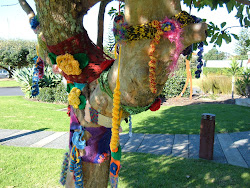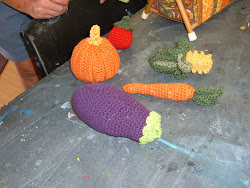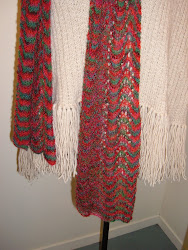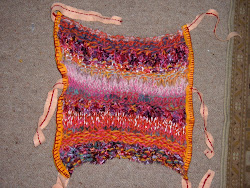Here is the email people on the course have received: Hi knitters!
Quite a challenging lesson this week. Remember to pre-plan. Use graph paper (knitters graph is wider than it is long, but you can use maths graph. Just remember that the finished article will be slightly different). Scroll to the bottom of this page to see knitters graph paper. With both techniques, there are some important points to remember:
· Very simple patterns are often the most effective
· Very contrasting colours look great
· Always carry the strands of different colours over the top of the previously-used colour
· Consider writing your pattern out as numbers, rather than working directly from a graph
· Use stocking stitch
· In fairisle, twist yarn around that you are using every 2 or 3 stitches
· Keep your work very loose
· If it starts to annoy you – have a break!
We realised that intarsia is for decoration, but fairisle, because it doubles (or more) the thickness of the knitted piece, is a way of making clothing warmer.
The next two lessons will concentrate on crochet, including Tunisian, with an emphasis on both squares and flowers. We’ll have some fun and be able to finish items quickly, with elements being able to be combined to make larger works.
Some beautiful and fun work happening already – the bags some of you have made are gorgeous, and Edith has brought along a cute little container with a lid she made, using plarn from bread bags! Excellent. Gillian and Sally are going great guns with their sea creatures and others have all sorts of things happening. Scroll down to see new photos to the right.
Keep up the good work during the week, although remember, if it’s not fun, do something else!










































